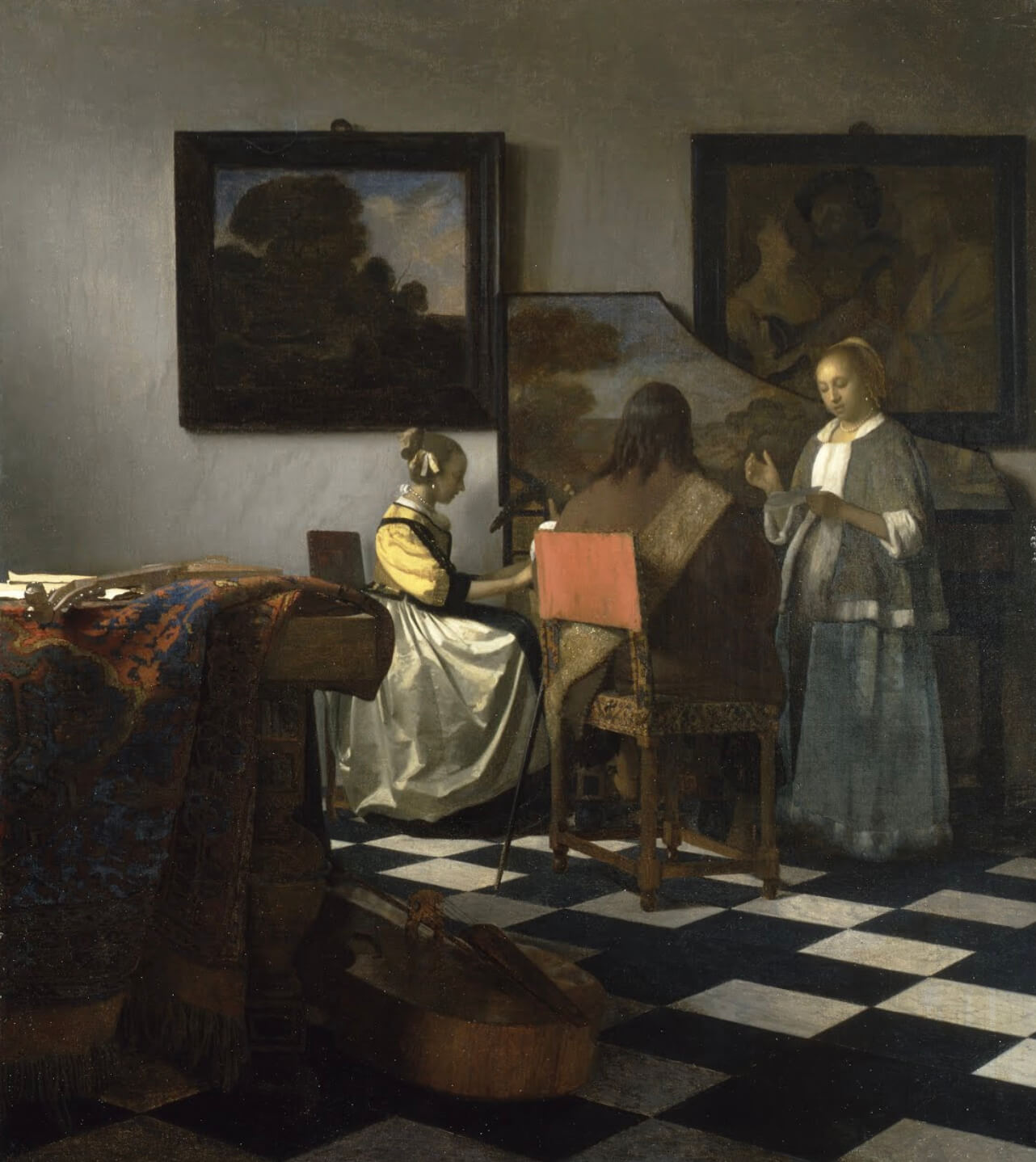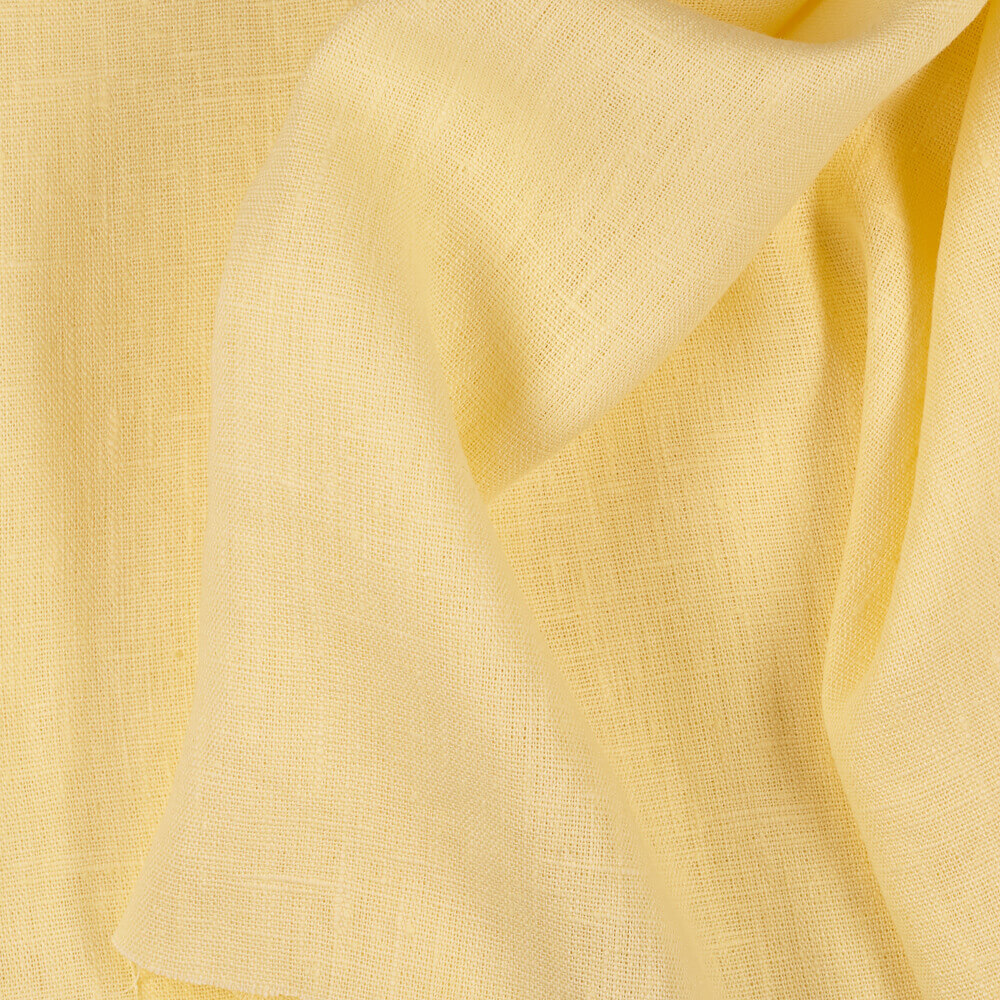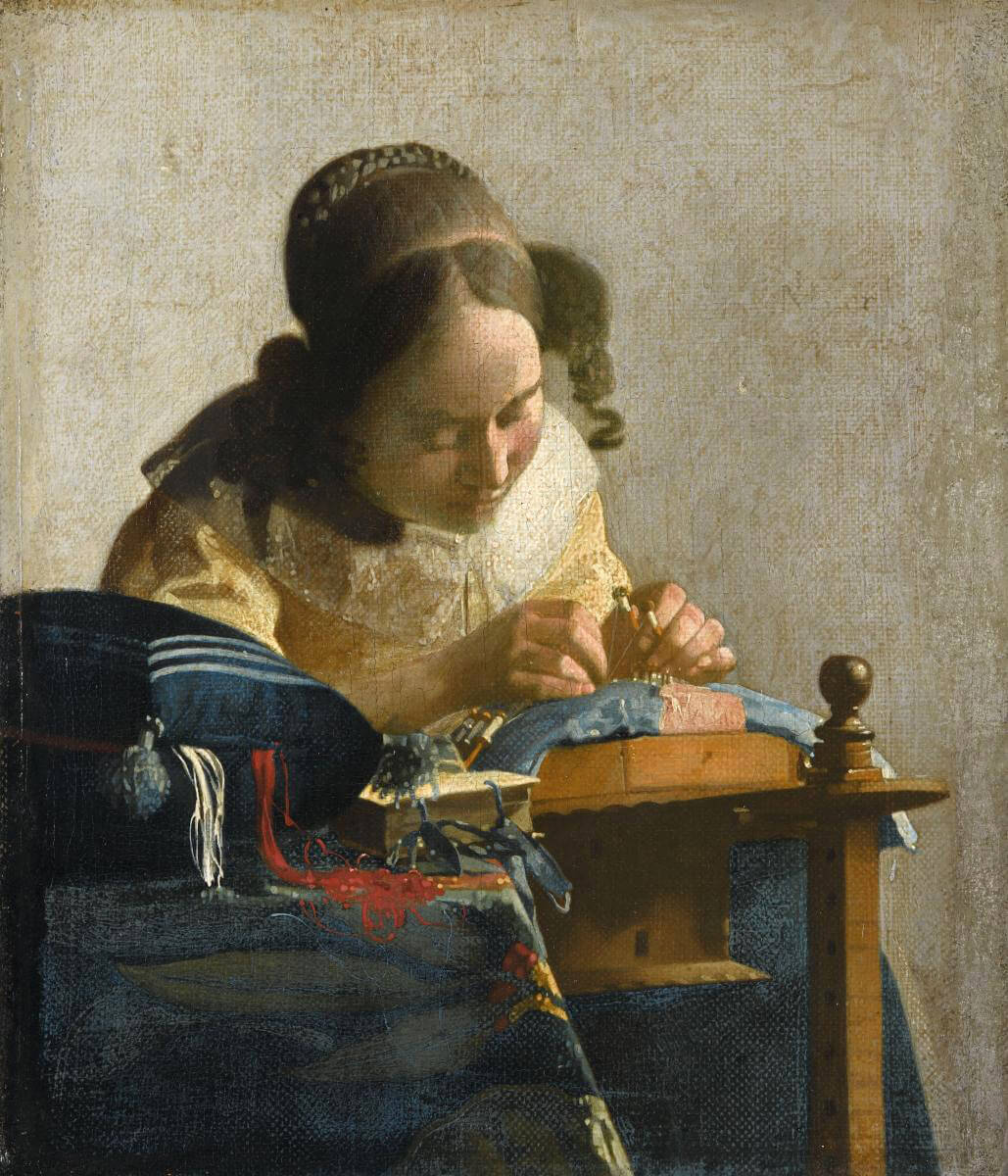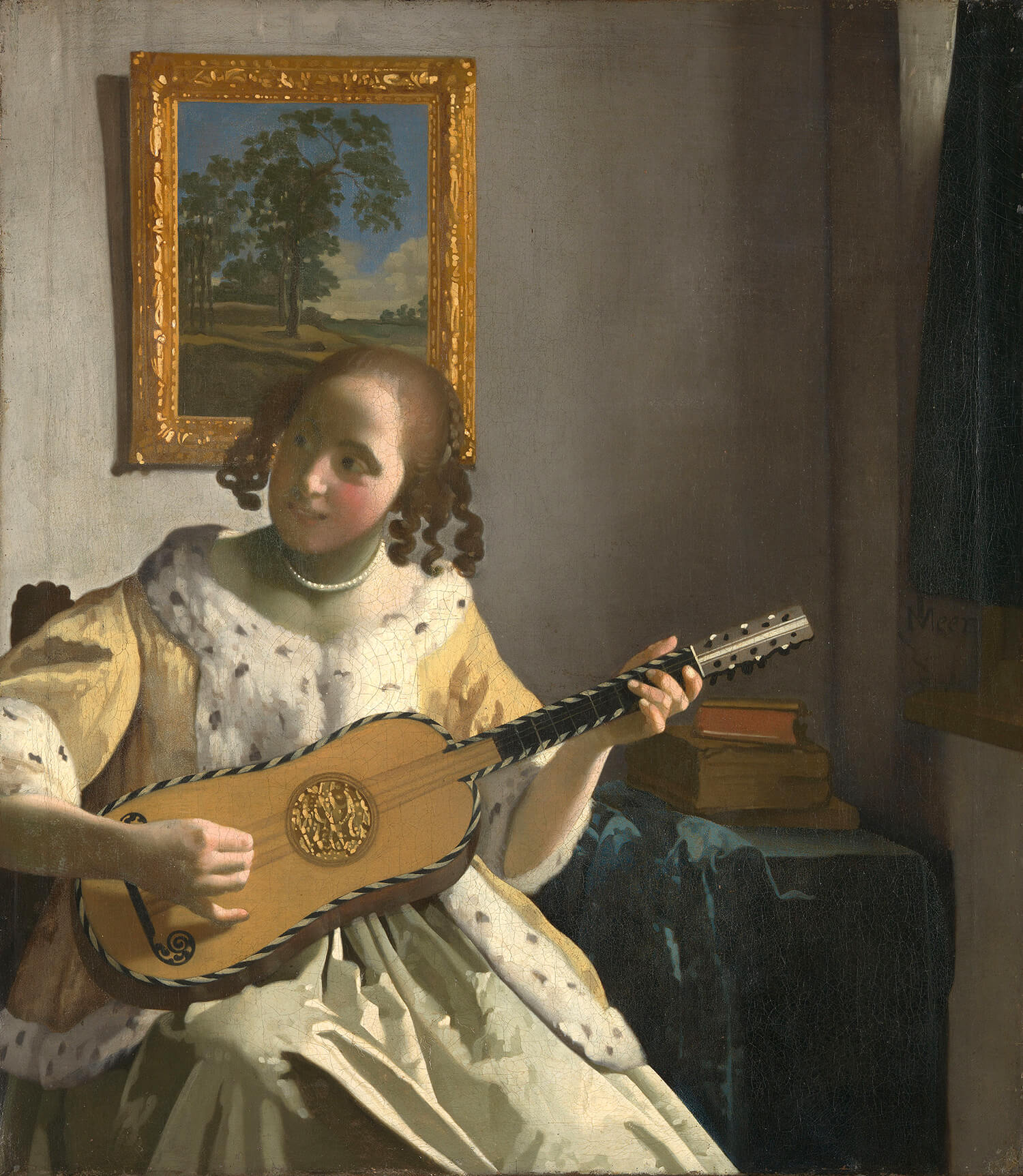FS Colour Series: Holland Inspired by Johannes Vermeer’s Pale Gold
Dutch Golden Age painter Johannes Vermeer made art that was imbued with shades of pale gold like HOLLAND, drenching his intimate, ordinary scenes with glowing, radiant light. In comparison with his peers, Vermeer made a comparatively small body of work, producing only around 45 in his lifetime, and of those, only 36 are known today. But those that did survive have been a source of great fascination for centuries. Within this small body of work, one enduring theme is women in domestic settings; with exquisite intricacy Vermeer skilfully captured them lost in their own private worlds of thought.
Born in Delft in 1632, Vermeer’s father was a silk weaver, innkeeper, and art dealer. While little is known about Vermeer’s early life, it is possible he trained in Delft under Leonard Brahmer, who was a close family friend, although some believe he may have been largely self-taught. In 1653, Vermeer became a master in the Saint Luke’s Guild, thus launching his career as a painter. Early subjects leaned towards history, mythology and allegory, but he later shifted towards observations of ordinary life, painted with fine detail and ambient light to create a quiet, intimate mystery.
After marrying into a wealthy Catholic family, Vermeer settled in a large house in the centre of Delft, establishing a home studio from where he would become entirely engrossed in his art. His principal preoccupation was the invocation of natural light, which he studied with intense scrutiny, observing how it fell across differing textures including fabric, skin, walls and floors. From the study of light came further obsessions with optical effects, such as deep space, linear perspective and shifting areas of focus. The near-photographic precision of his art has prompted some to wonder if he adopted the camera obscura as a painting tool, although this is largely unproven.
Time and again Vermeer returned to women in domestic settings in order to fully explore the atmospheric potential of these formal, painterly concerns. In The Concert, 1663-1666, Vermeer captures a shaft of sunlight streaking into a shaded room, observing how it catches and illuminates the pianist’s pale-yellow sleeve and casts a softer golden light across the singer’s face, before gently diffusing outwards across the surrounding scene.
The Art of Painting (Also Known as the Allegory of Painting), 1666–1668, is one of Vermeer’s most treasured artworks, capturing a painter caught mid-process as he studies a woman seen posing before him. The sitter here is posed to invoke Clio, the Greek muse of history, holding a history book which glints like gold in the raking light. With this quiet allegorical scene Vermeer considers the close, special relationship between art and history, particularly in the Netherlands, as alluded to in the large map behind Clio.
In the slightly later painting The Lacemaker, 1669-70, Vermeer captures a more intensely intimate moment, as a young woman making lace is entirely absorbed in the labour-intensive process with head turned down, eyes lowered and hands caught mid-action. Soft light falls in from the right, casting golden light over her yellow clothing, a point of high contrast against the deep blue of the velvet cushion in the foreground. Young Woman Playing a Guitar, 1672 shares a similar quality of quiet intensity, as a young woman appears engrossed in the act of making music, while her gaze is averted as if keeping time with someone beyond the scene. Again, her pale-yellow clothing is made into a glittering shade of gold by the diffused sunlight that sneaks in from a heavily curtained window, lending the entire painting a rare, precious and entirely indulgent quality.
























































Leave a comment